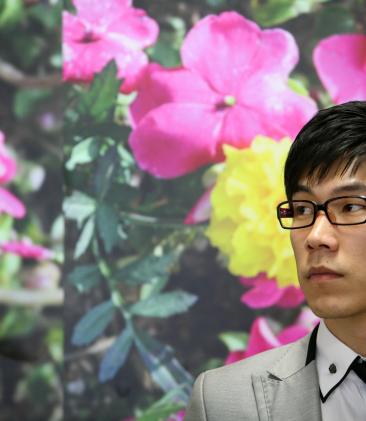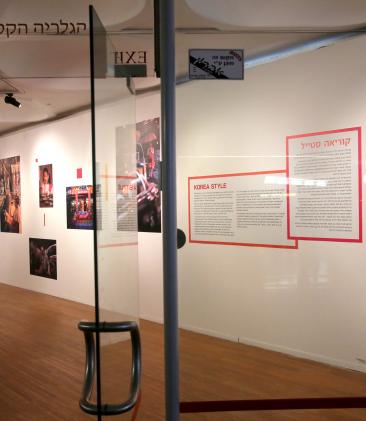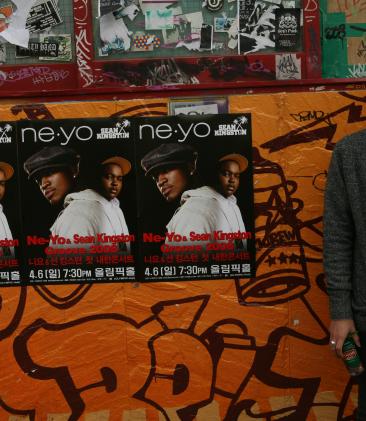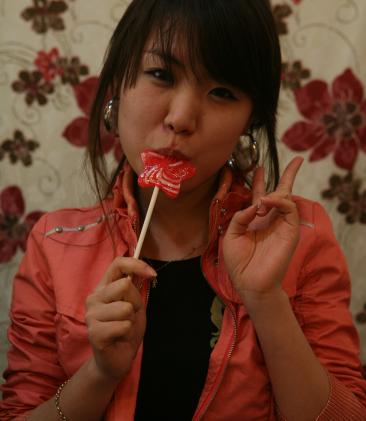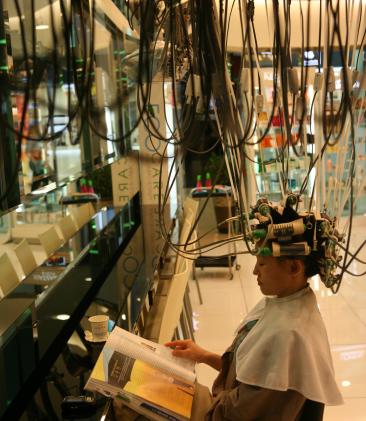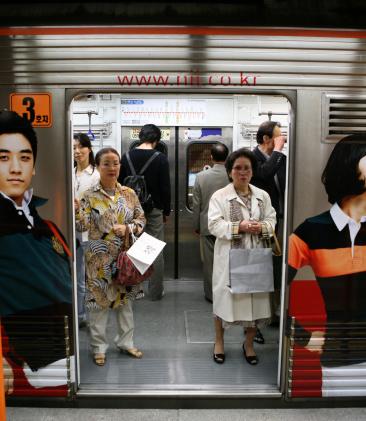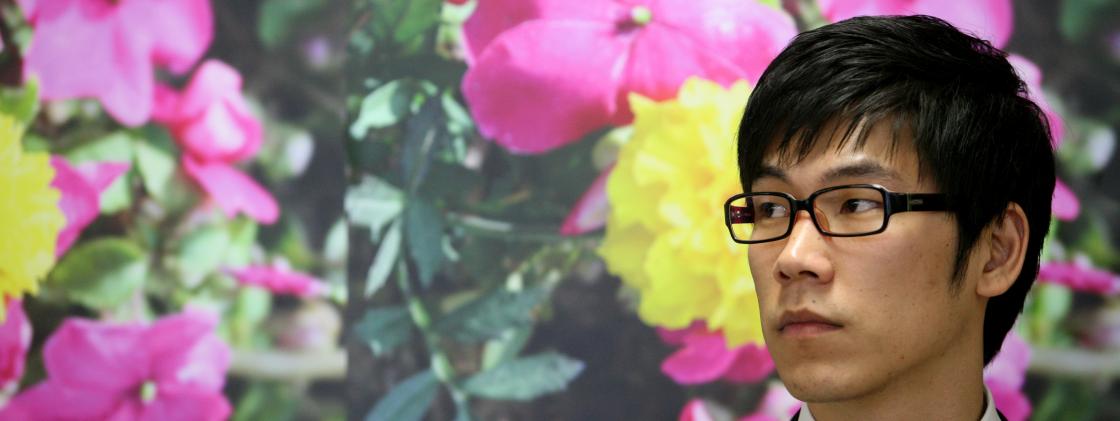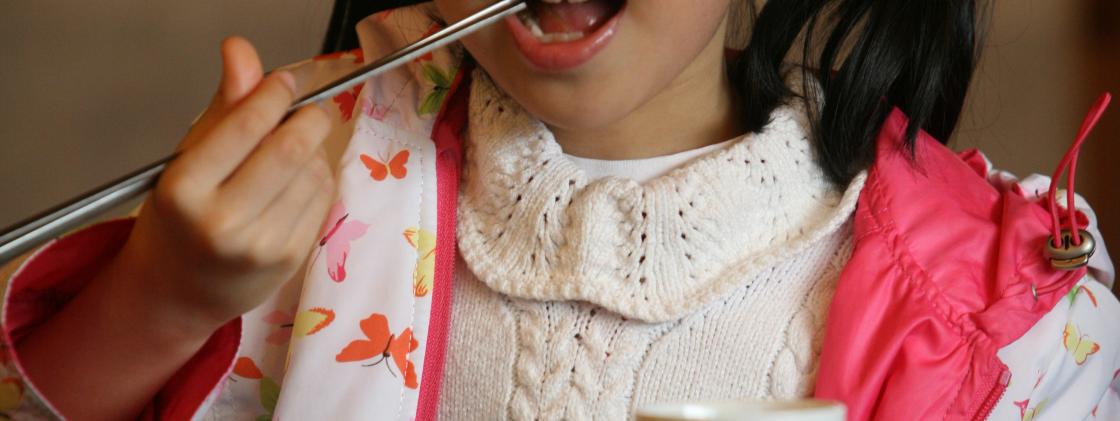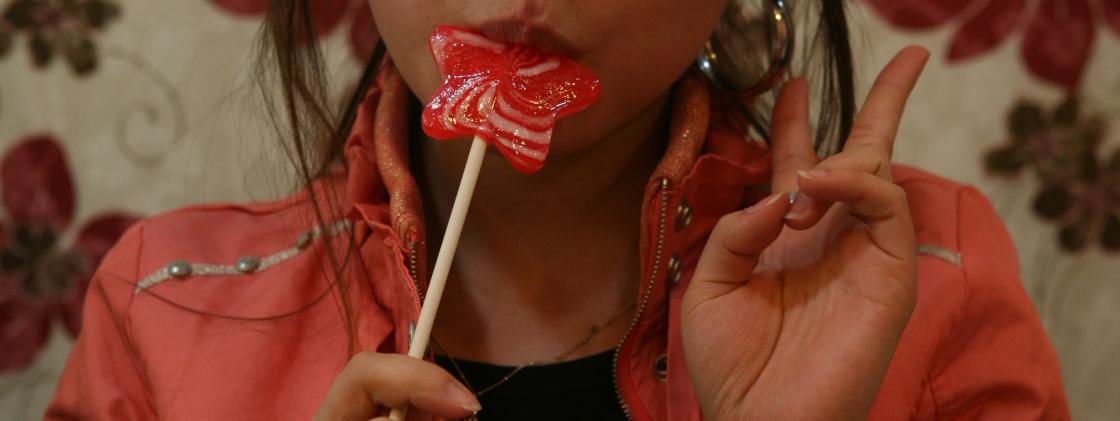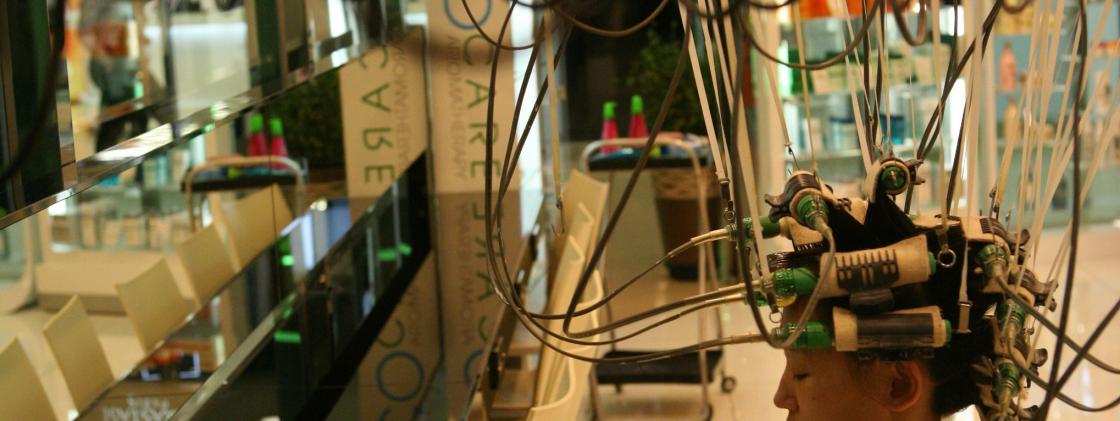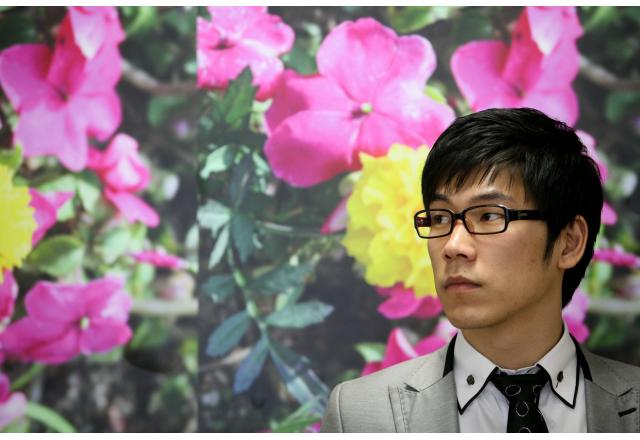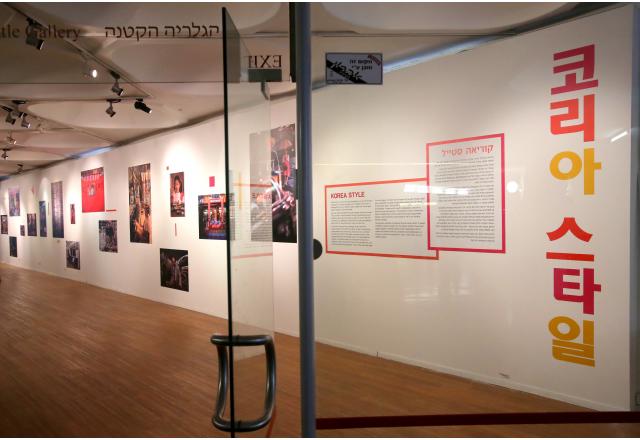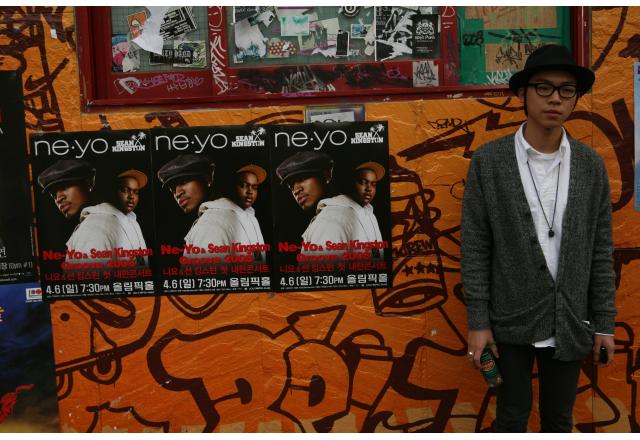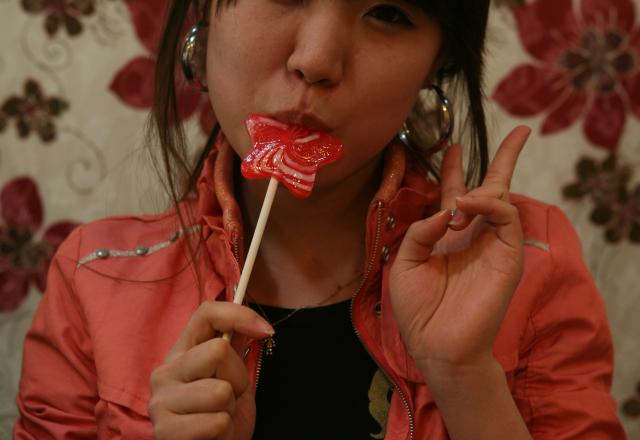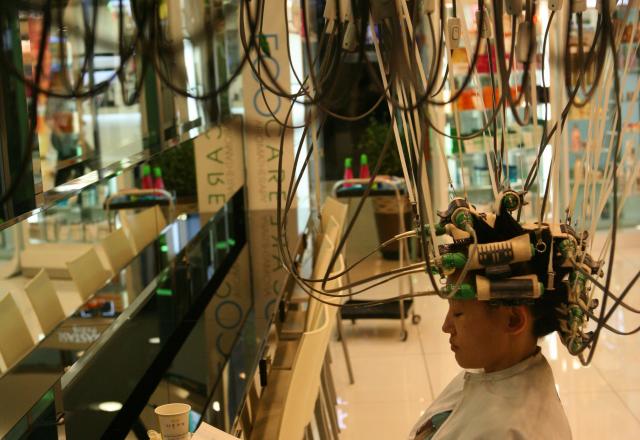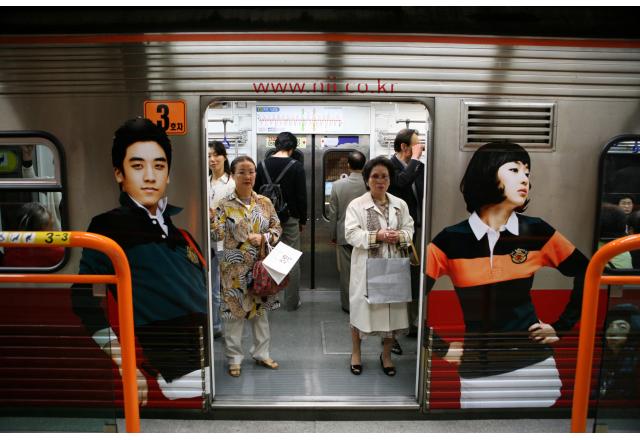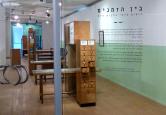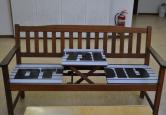South Korea, a country that was devastated by war and still remains entangled in an ongoing struggle with its neighbor to the north, is distinguished by expression of its own identity, setting it apart from its two large regional neighbors, China and Japan.
Seoul, its capital, exemplifies the great changes that have occurred in South Korea in recent decades. Formerly a polluted, gray, poor metropolis, Seoul has now become a center of culture, style and consumerism, pulsating with modern life on a scale comparable to great centers of urban life such as Tokyo and New York.
Its economy has gone from one based on hard work with meager rewards to one of thriving vitality. Its giant manufacturing conglomerates, such as Samsung, Daewoo and LG, are known throughout the world for their quality consumer products. Their corporate names and others light up the sky on giant electronic displays in the streets of every city. Seoul also has become a production center in the realms of music, films and television, all of which have brought Korean popular culture to the entire Asia region.
This wall display of modern South Korean life, as seen through Israeli eyes, exemplifies the great changes taking place there, as well as in other Asian cities – such as Hong Kong, Singapore, Bangkok and Shanghai – where, as the result of globalization, daily life is becoming more homogeneous. The spread of modern architecture, fashion, entertainment, communications and rapid transportation between national borders all have played a role in this interplay between peoples.
Nevertheless, elements of traditional life and culture remain, if indeed modified to adapt to modern life. This exhibit, entitled “Korea Style,” displays aspects of Korean identity, which incorporates within it western and Korean influences, modernism and traditionalism, to bring you a picture of everyday life – style – which, after all, is a practice of identity/identity practice.
In the entrance to the exhibition, videos depicting original Middle-Eastern versions of the South Korean song "Gangam Style" were displayed.
The song “Gangnam Style” started out as a Dance Pop song performed by South Korean singer PSY, and has very quickly become a world-known phenomenon. The song also has attracted many fans from a wide variety of countries and cultures to produce their own derivative version of it.
These derivatives tend to charge the video with local or personal meaning by producing their own clip, often writing their own lyrics, and replacing the word Gangnam—which refers to an affluent neighborhood in Seoul—with a variety of substitute terms such Vegetarian, Egyptian, etc.
This extensive creative engagement that the clip has lured enables us to identify it as a “memetic” video where the original content about the lifestyle associated with the Gangnam District of Seoul is replaced with a variety of messages ranging from Bar Mitzvah fun to sociopolitical protest.
We have conducted a comparative research between Israeli and Middle Eastern videos from the Greater Middle East region, and found surprising similarities and differences in the content itself and the way it is expressed. For an example, while the gender representation of the participants was very similar, the Middle Eastern videos contained much more political content than the Israeli ones. In addition, different methods of “domestication” of the video were employed such as local language, dress, or musical instruments.
Academic consultants: Dr. Nissim Otmazgin. Ira Lyan
The exhibit is presented in connection with the conference of “The Miracle of the Korean Cultural Industries: Perspectives from the Middle East,” May 2013
The exhibit was produced courtesy of the administration of the Hebrew University of Jerusalem.
Adi Segal
My journey to South Korea began as part of a two month photography project intiated and sponsered by the “Meitar foundation”, in order to reveal the different facets of the Korean society and culture to the Israeli viewer.
The images presented in this exhibition, were taken as I wondered the streets of Seoul and Pusan, the two major and largeset cities of South Korea. The more I got aqcuinted with the city and its streets, the more I became aware of the clash resulting from the meeting of the thriving ancient oriental tradition and western capitalistic values. This clash yields a tension that is tangible in almost every aspect of the day to day life.
Visit the artist's website: www.adi-segal.com
A video clip displayed in the exhibition




